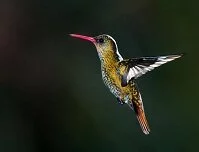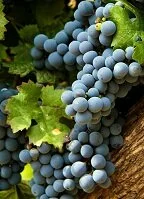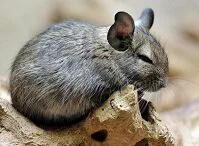The spring and fall (autumn) arrive between these two extremes and are typically the rainiest times of the year through most of the country. Generally speaking, the rains are heaviest in Buenos Aires in February-March and October-November, with each month averaging over 4 inches (100 mm) of rain. These seasons also tend to be the rainiest seasons elsewhere in the country and tend to mellow out the temperature extremes, but these seasons are also less predictable as week to week and month to month can shift dramatically in terms of temperature.
Wildlife

Hummingbird
The animal and plant life in Argentina is very impressive as many species are native to Argentina and many others made their ways to the country from nearby countries and regions in pre-historic times. The diverse landscape in the country encourages mountain, water, and plains animals to call the country home.
Among the mammals, there are numerous animals that live in both the mountains and elsewhere. The mountain mammals include some of South America's most iconic animals, such as the alpaca, llama, and the vicuna (a camel species). However many more species exist both in the mountains as well as at lower elevations including deer, cougars (puma), foxes, tapirs, monkeys, beers, armadillos, opossums, sloths, rats, squirrels, mice, rabbits, bats, boars, anteaters, and even an occasional jaguar. Argentina is also home to additional rodents such as the capybaras, the coypu, and the chinchilla.

Grapes in Mendoza
The mammalian life extends to reach off the coasts as well; sea lions, whales, and dolphins all live in the South Atlantic Ocean, but these waters are better known for the fish and shellfish that call is waters home. Sharks, grouper, barracuda, eels, and shrimp are all common. Argentina is also home to many freshwater fish in their lakes and rivers including trout, salmon, pike, catfish, and others.
Like the mammals, the bird life is quite diverse based upon the varied landscape as the country is home to all sorts of birds. Egrets, eagles, pelicans, herons, and condors all roam the coastal waters. Some of these birds also make their way inland and find many other birds such as partridges, parinas, huallatas, condors, coots, ducks, geese, sandpipers, finches, hummingbirds, wrens, owls, and even the Andean flamingo. One of the most famous of the birds in Argentina is the penguin, which lives in the far southern reaches of the country along the coasts.

Chinchilla
The reptilian, amphibian, and insect life in Argentina is also diverse, but the variety of species is fairly limited. Many of these animals are spiders, including the tarantula and black widow, and snakes, including the rattlesnake. In or near some of the warmer water rivers and lakes the amphibian population spikes a bit as a number of frogs and lizards are present. The number of insects is quite substantial, including flies, mosquitos, beetles, moths, butterflies, ants, and more.
When it comes to native plant life, South America is home to many famous edible plants and these plants quickly spread throughout Argentina, South America, and beyond. The pineapple is from the region where Brazil and Uruguay meet while potatoes and tobacco originated in the Andes Mountains. A few others, including cacao trees (used to make chocolate), peanuts, and tomatoes are also from South America, although their actual origin is unknown. Peppers, both sweet and hot peppers are from Central America or northern South America while vanilla, avocado, papaya, and corn (maize) are likely from Central America itself. No matter each food's origin, what is known is that these foods spread throughout the continent and to the country of Argentina with the help of pre-historic people, animals, and winds. These people have had these foods for nearly as long as people have inhabited the region and each makes an important part of the people's diet and culture now and for thousands of years into the past.
More than these well-known plants, Argentina is home to many other trees and plants. Pine trees, eucalyptus trees, carob trees, cedar trees, quebracho tree, and cypress trees are all common.